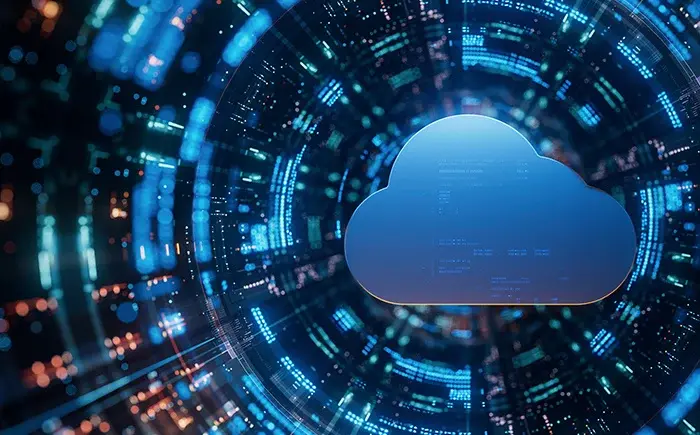- Blog
- Asynchronous messaging - what it is, how it works and why it’s here to stay
Asynchronous messaging - what it is, how it works and why it’s here to stay

Asynchronous messaging has cemented itself as a must-have for companies striving to deliver exceptional customer service. Where the pressure was previously on brands to offer live one-to-one interactions that had a defined beginning and end, today’s customers increasingly want to start, pause and resume conversational messaging on their own terms.
Be it via email, Facebook Messenger, WhatsApp, Twitter DM or SMS, they are happy to forgo a real-time response for the convenience of communicating when and where it best suits them. Then there are the benefits for the brands themselves – the ability to manage high contact volumes while cutting costs without cutting service.
What is synchronous messaging?
Synchronous messaging is communication that requires both parties to be involved at the same time. Examples include phone, video conference or live chat and it is best suited for simple conversations that can be solved in one sitting or with one agent.
What is asynchronous messaging?
Asynchronous messaging happens sequentially, with participants typically reading and responding to messages based on their own schedules, in their own time. By not needing to engage in real-time, it is more convenient for both customers and customer service staff and better for navigating complex issues that require more investigation or further insight.

.png?width=785&height=785&name=P_Blog_Graphics_Asynchronous-messaging_1b-2%20(1).png)
What are the benefits of asynchronous messaging?
With studies showing 89% of companies compete primarily on the basis of customer experience1, little wonder an increasing number are tapping into the power of asynchronous messaging.
- 24/7 convenience – today’s customers do not want their schedules to be dictated by agent availability or worry about either party being called away before their issue is resolved. Asynchronous messaging enables them to pick up conversations at the time of day (or night) that best suits them and with the bonus of knowing they will not have to repeat themselves as the agent will have a visible and searchable history of their interaction thus far.
- Resolution speed – the very nature of asynchronous messaging means customers can package all their concerns in a single message. They do not need to wait for an agent to start the conversation or wade through introductions as the intent of their inquiry is clearly displayed from the outset. This means businesses are able to move immediately to the ‘resolve phase’ and route the request to the best person or department to handle it. Fewer transfers and less escalations means faster resolutions.
- Better agent experience – businesses have never been under more demand from customers, with one global study finding support agents are handling 30% more tickets than before the COVID-19 pandemic2. Asynchronous messaging allows staff to manage their time more efficiently and focus on higher-value customer issues, which helps boost productivity and morale. This is supported by research that found agents that use asynchronous messaging have up to three times more time to respond to concerns before their CSAT scores are negatively impacted3.

Source: The Case For Asynchronous Messaging: Apple Business... | Forrester
How to deliver asynchronous excellence
Forbes has reported that one in four customers across almost every industry are willing to pay up to 10% more if they know they will receive excellent customer service4. The path to delivering such an experience via asynchronous messaging can be achieved with a few simple steps.
- Create a ‘Messaging Centre of Excellence’ that includes all touchpoints (eg: sales, service, online, retail)
- Understand where the customer will engage most easily with messaging
- Understand the sales/buying funnel and the handoff between automation and people
- Use performance metrics as a success indicator rather than a definitive goal
- Replace traditional contact centre metrics with insight-led ‘sentiments’.
The rise of ‘Universal Agents’
Asynchronous messaging is creating an environment where a new breed of agent is required in contact centres. As opposed to traditional agents, ‘universal agents’ need to behave differently to ensure success and have specific skills and attributes to thrive as ‘conversation specialists’. This includes:
- Ability to multitask and juggle multiple systems
- Natural problem-solving skills
- Confidence and independent thinking
- Being tech-savvy
- Strong language skills and adding personality to conversations.
Summary
If you require further proof that asynchronous messaging needs to be a key focus for businesses, a Forrester study recently found that 69% of US adults communicate via messaging on a daily basis5. It is clearly ingrained in society and that should extend to how they communicate with brands. Now consider the same survey revealed only 19% of firms are actually using asynchronous messaging. That needs to change and is why your own journey to a better way of communication should start today.
From self-service capabilities to delving into the unknown world of the metaverse, contact centre executives have big goals lined up for next year. Discover the CX trends that will transform the way businesses do CX.
References:
1 75 Must-Know Customer Experience Statistics to Move Your Business Forward in 2022 (smartkarrot.com)
2 The impact of COVID-19 on customer experience (zendesk.com)
3 The Rising Demand for Asynchronous messaging - Bulb solutions (bulbtech.com)
4 Customers Will Pay More For This (forbes.com)
5 The Case For Asynchronous Messaging: Apple Business... | Forrester


